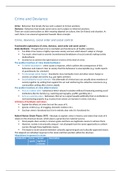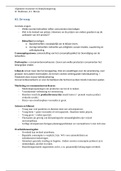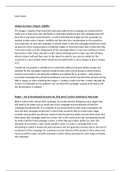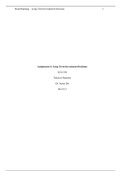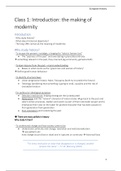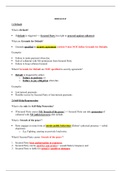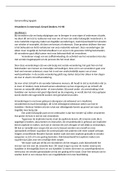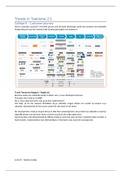Summary
Summary AQA A-Level Sociology Crime and Deviance (Paper 3)
- Course
- Institution
These notes explore Crime and Deviance, which is one of the topics that appears in AQA A Level Sociology Paper 3 (worth 50 marks: 62.5% of Paper 3). They have been structured with the help of the actual exam specification provided by AQA, ensuring that everything has been covered. Other topics are ...
[Show more]
